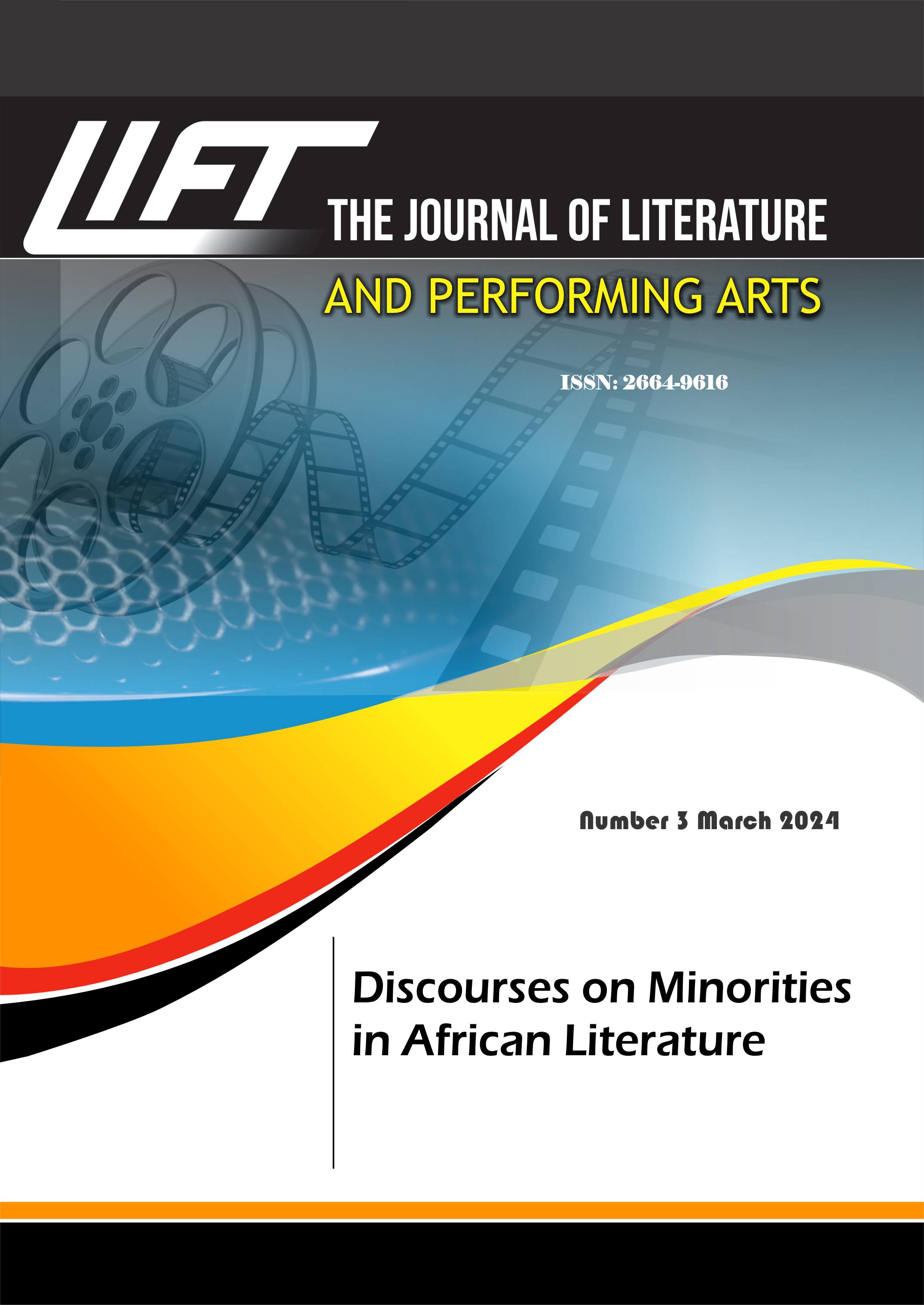Images of Women in Agikuyu 'Mwomboko' Poetry
A Selection from Performing Artists from Mount Kenya Region
Keywords:
Gikuyu, Women, Mwomboko Poetry, Performance, Artists, Construction, Deconstruction, Reconstruction, FeminismAbstract
The position of women in African societies has been contested in terms of their treatment in social and poetic discourse in contemporary society. The case of traditional and modern poetic dances is spelt out in the composing and rendition of Mwomboko poetry of the Agikuyu people of Mount Kenya Region. The objectives of this study are: (a) To assess how select compositions of Mwomboko poetry spell out treatment of women in Mount Kenya region community; (b) To analyze how figurative language is applied in select compositions of Mwomboko poetry to approximate images of women in Mount Kenya region community, and (c) To explore the innovativeness of oral poets’ poetic architecture in charting out the position of women in contemporary society. Popular artists in Africa have tended to be the mouth pieces of revealing the societal structures that spell out the relationship between men and women as shown through poetic discourse. The place of performance has emerged as a central pivot for linking up members of the community in their efforts to understand their worldview. The emergence of modern performers has created a new forum for capturing the imagination of target recipients in an open multi–ethnic audience. The audience has been mainly in hotels, motels and bars, social halls, wedding reception halls/grounds, political rally grounds, and church service halls among others. The current work hinges on the level of deconstruction theory as seen through feminist and gender lens in contemporary times. The images of women revealed in Mwomboko poetry are constructions by architects of the traditional cum modern poetic genre, and the findings reveal a move towards balanced portrayal of both genders in emergent renditions. The study uses descriptive techniques in analysis of figurative language applied by traditional and modern singers to approximate old meanings to new meanings in their performances as far as images of women are represented.

